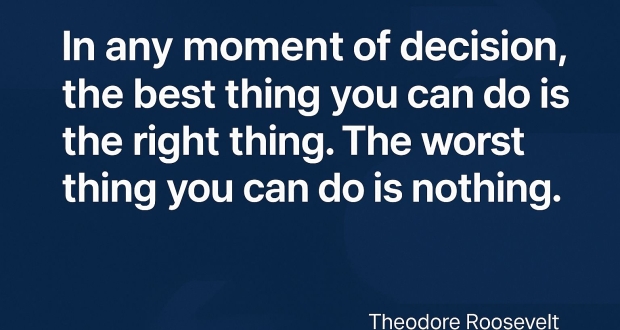When a dev team is stuck, blocked, or forced to carry tickets into the next sprint, tickets that aren’t ready are often to blame.
One of the biggest hidden productivity drains is work that sounds ready but isn’t.
Protecting a team’s time means protecting the work that comes in, not just how the work gets done. That’s where a strong Definition of Ready (DoR) and an engaged dev team come in. A strong DoR acts as a working agreement between product and development about what work is ready to build.
What “Ready” Should Mean
Ready should not be theoretical — it should be a clear checklist:
- Acceptance criteria are clear and testable
- Dependencies are resolved — this often means upstream APIs, database changes, or work owned by another team is done and verified.
- Mocks or designs are attached
- The story is pointed, showing that complexity has been discussed.
- Work can start immediately when the sprint begins
Skipping these steps invites churn, delays, and frustration.
The Cost of Work That’s Not Ready
When deadlines are tight, even one small oversight can trigger missed estimates, shifting release dates, or wasted developer capacity. The further a ticket gets from the product owner without being ready, the higher the cost. It’s best to catch unready stories before they reach the sprint board.
Team Morale and Mid-Sprint Stress
When tickets aren’t truly ready, the team often feels the pressure to compensate for missing details or unresolved dependencies mid-sprint. This creates extra stress because developers feel ownership over their sprint commitments; they want to deliver what was promised. Rework and firefighting break focus and can slowly erode trust and morale. Protecting the Definition of Ready isn’t just about efficiency; it’s about respecting the team’s commitment and keeping the work environment healthy and sustainable.
Who Owns “Ready”?
Making work-ready is everyone’s responsibility:
- PMs ensure requirements, mocks, and dependencies are in place.
- Developers ask questions and push back if something feels off.
- QA confirms how to test it.
This should be reinforced during backlog refinement and sprint planning. If it’s not ready, it doesn’t go in.
Simple Questions to Confirm Readiness
These questions can catch almost anything:
- How does the developer know when they’re done?
- Can the developer get through all the work without pausing?
- How does QA know how to test this?
If any of the questions can’t be answered clearly, the work isn’t ready.
The Payoff
A clear, enforced Definition of Ready means:
- Less rework
- Fewer blocked tickets
- More predictable sprints
- A happier, less frustrated team
The goal is to protect developer focus — more time building, less time waiting.
Protect the Team. Make “Ready” Real.
A strong Definition of Ready is one of the best ways to protect time and sanity. When work is truly ready, sprints stay calm, efficient, and predictable. Developers stay focused on what they do best — building. If a story isn’t ready, don’t add it to the sprint.







